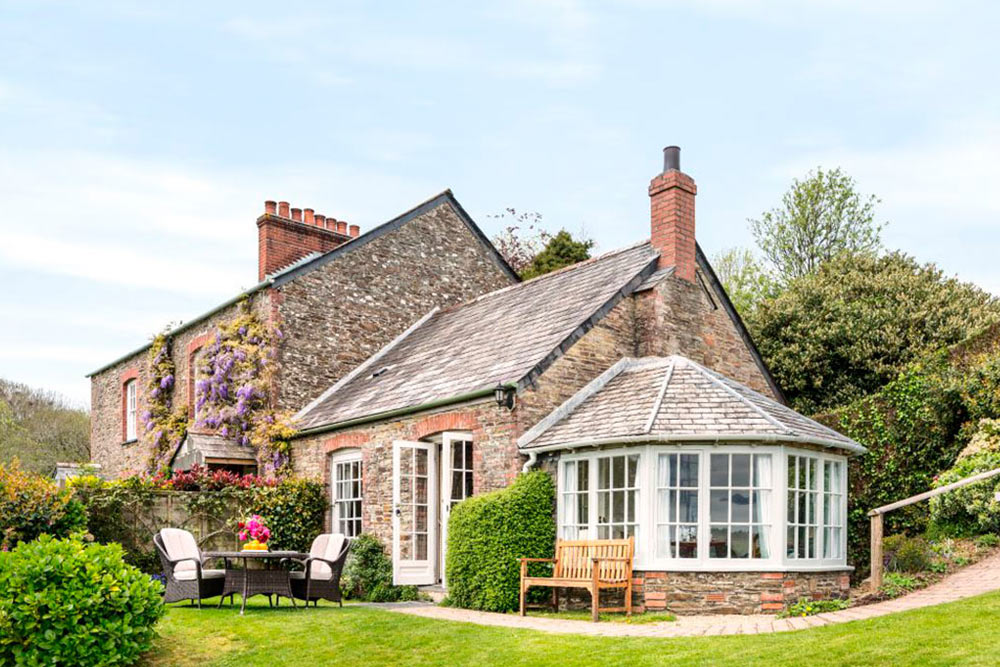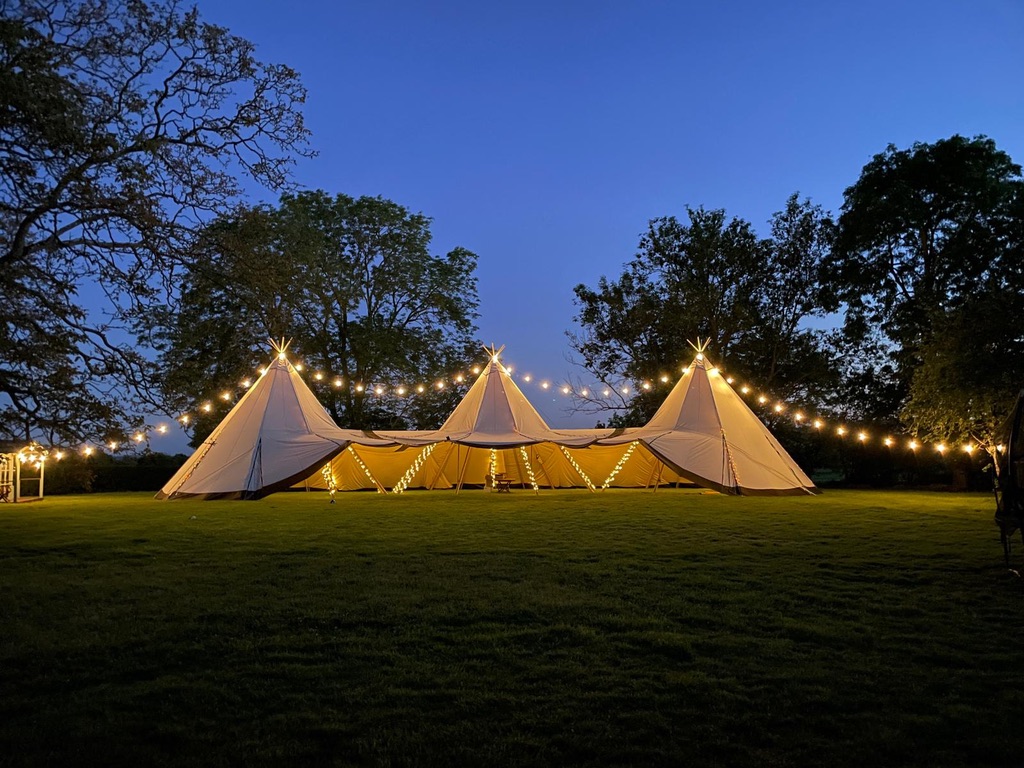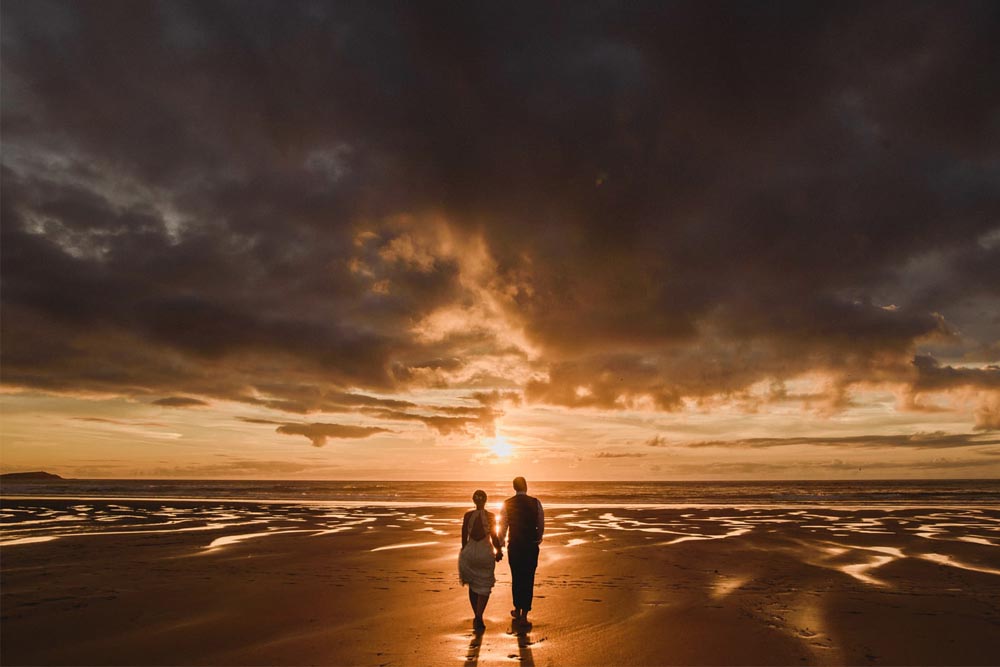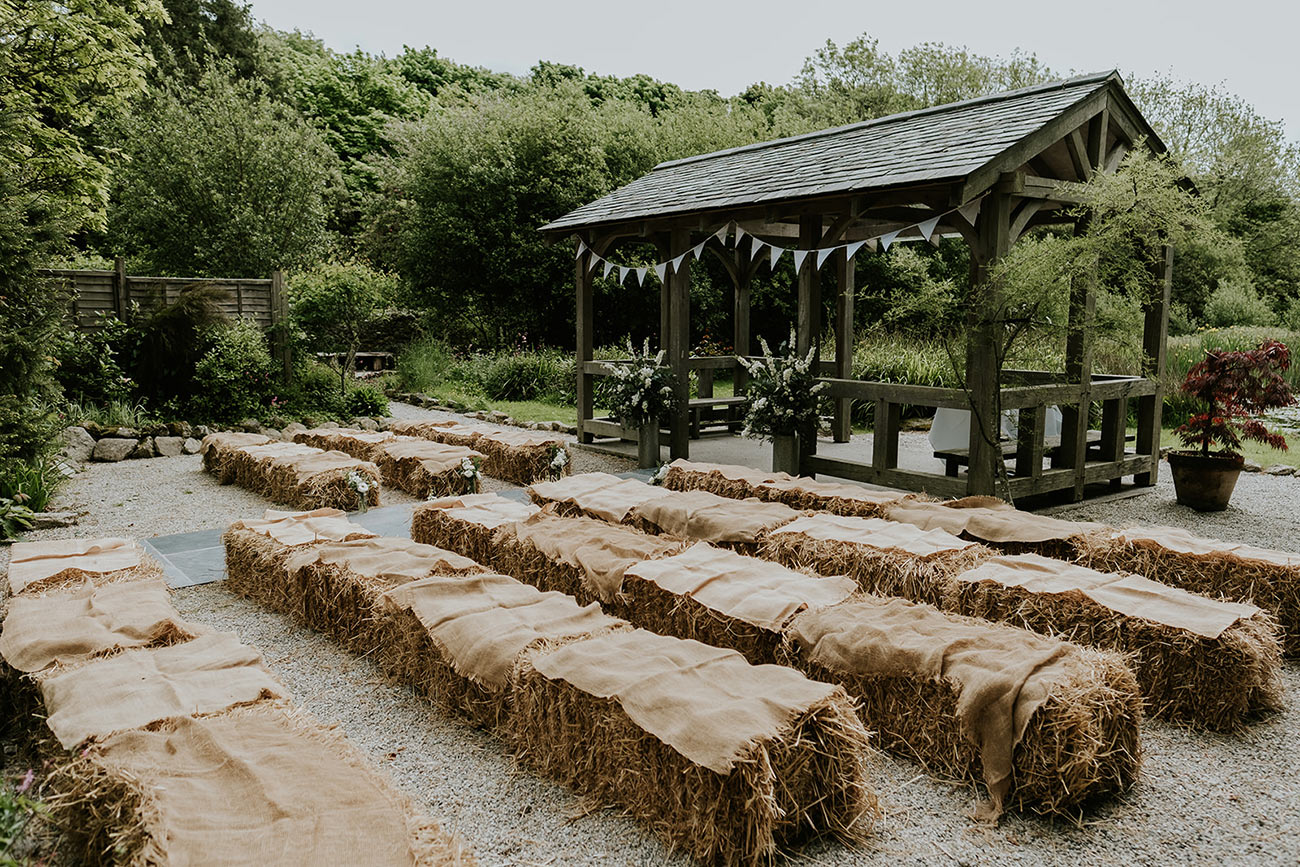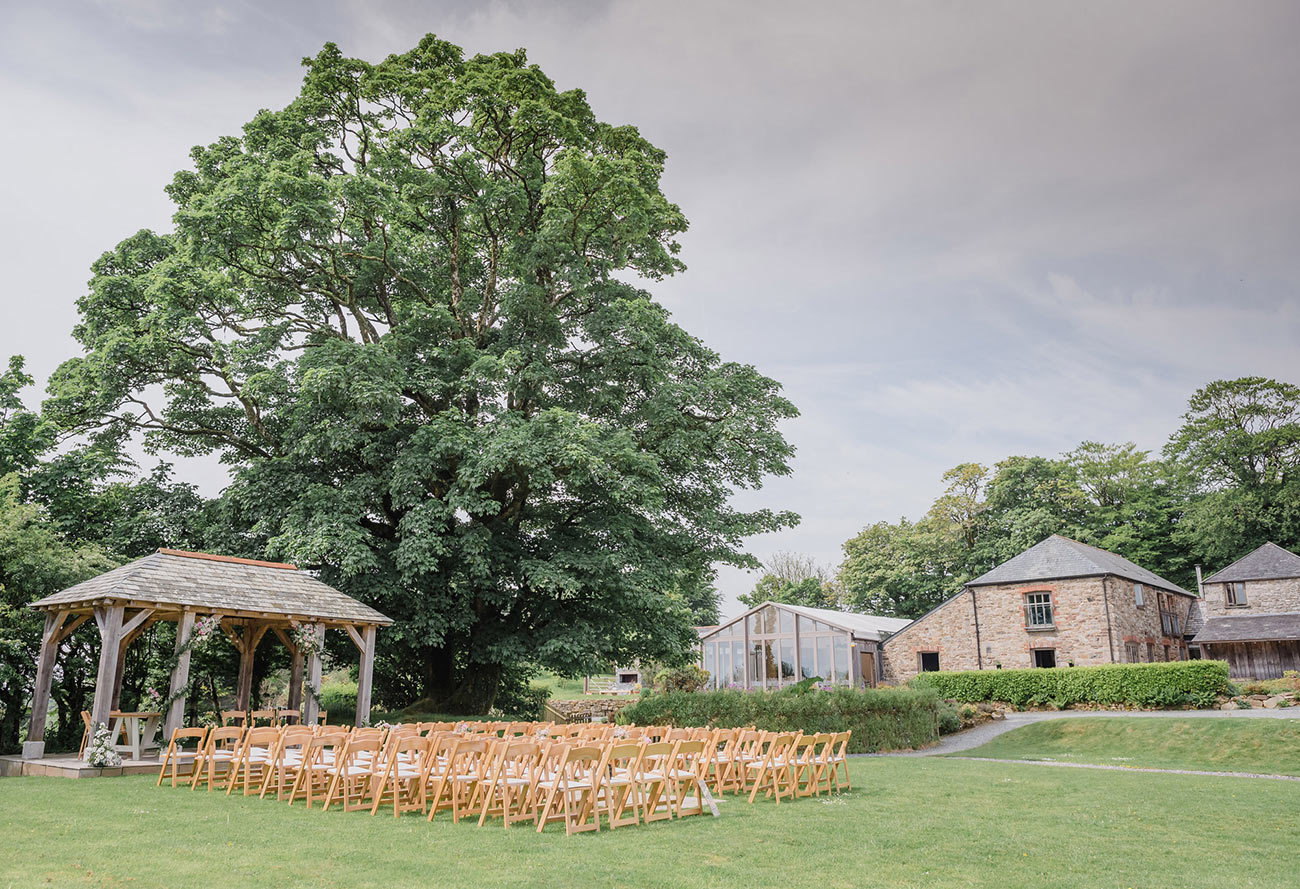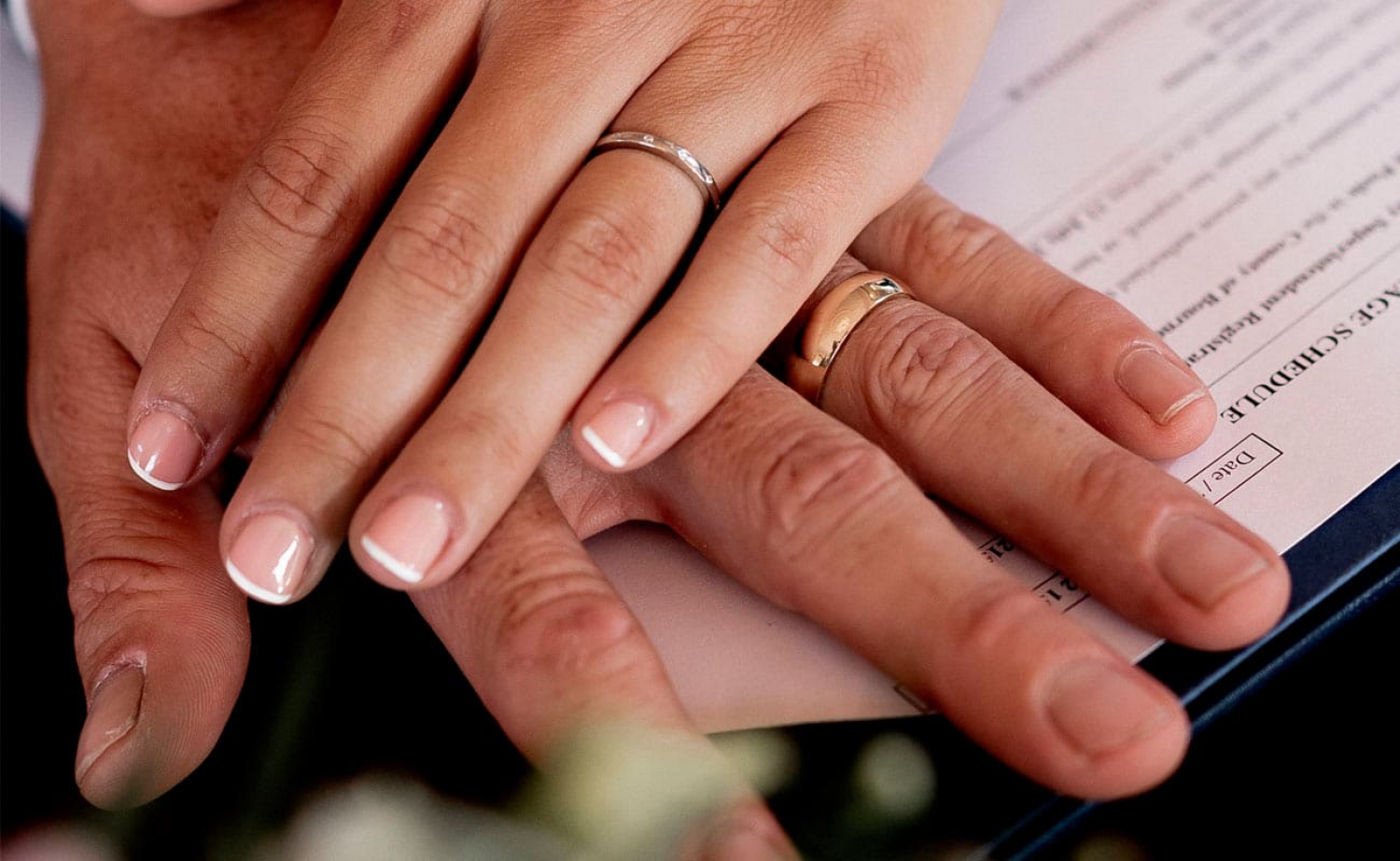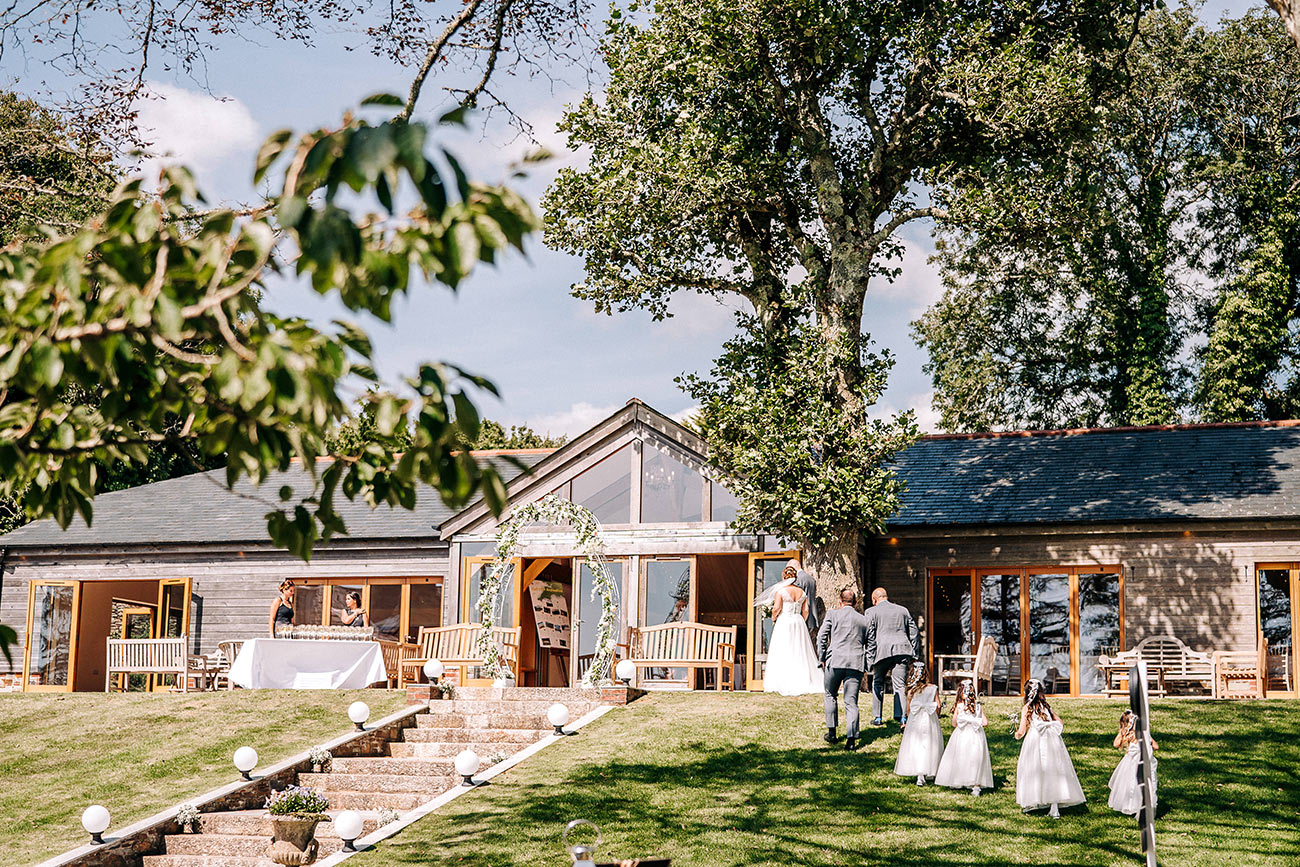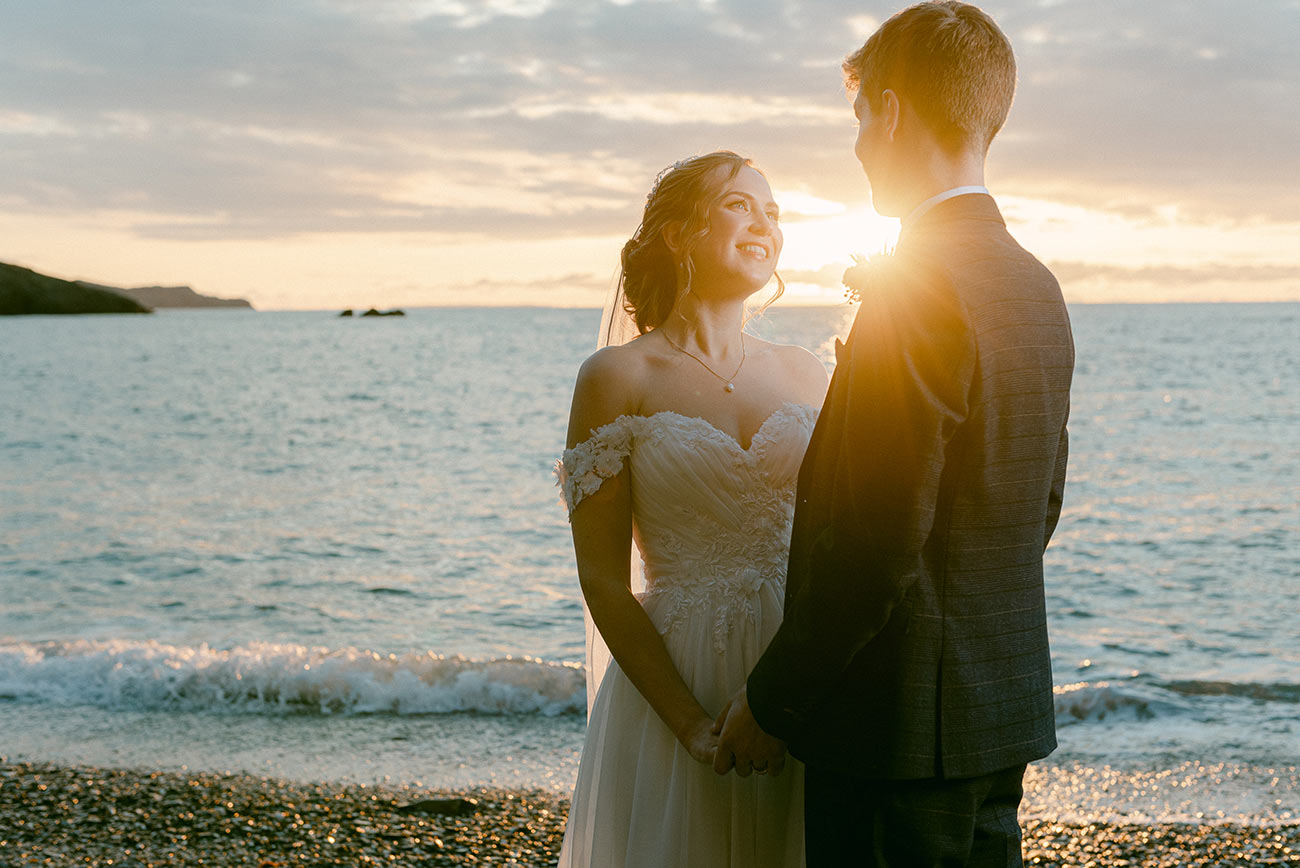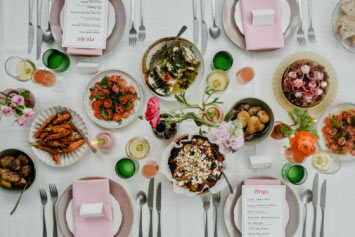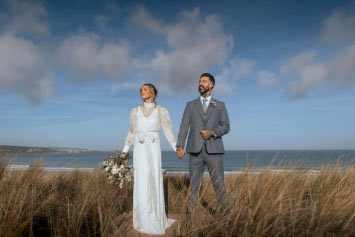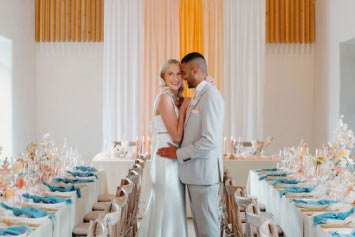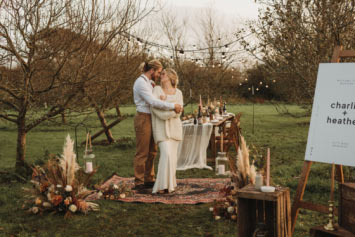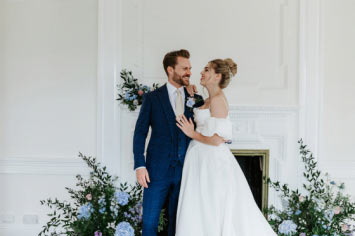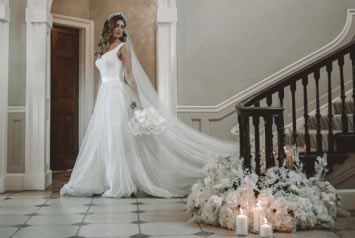words Elle Winsor Grime
Colour is incredibly powerful. It has the ability to change the way we feel, to energise or relax our mood - and to attract attention and make a statement. When it comes to your wedding day, choosing a colour palette is much more than matching your bridesmaids' dresses to your grooms' accessories.
When we talk about a colour palette from a design point of view, we mean choosing a selection of colours to help create the look and feel of your wedding. A palette of several colours in various shades will create a stronger aesthetic that looks less contrived than choosing just one or two colours.
.jpg)
Whether the styling vibe you're going for is one of elegance and tranquility or fun and playfulness, colour can be your most powerful design tool while evoking a real sense of who you are. It will also help simplify other important decisions during the planning process, from the venue to the stationery and even the dishes on your menu and the cocktails you serve your guests. But where to start? Our step-by-step guide will help you to set the tone in style.
Know your colour personality
We are naturally drawn to certain types of colours and the way they make us feel, so the first thing to do is to get to know your "colour personality". Think about what colours you and your partner love. Open your wardrobes - what colours do you find on those hangers? Take a look about around your home - what colours have you chosen for certain spaces, and how does that room make you feel?


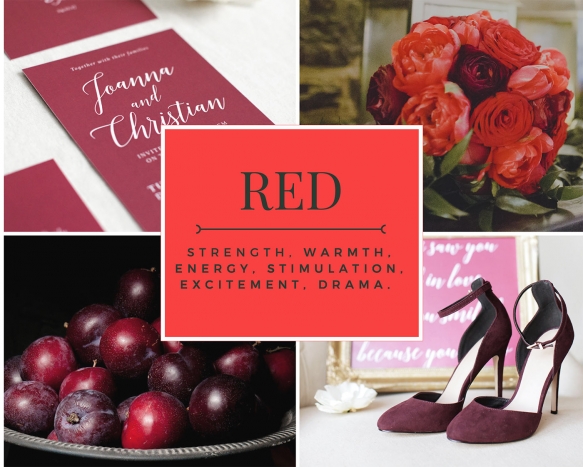


Next, think about where you love to go. Do you have a favourite cafe, restaurant or shop? What colours have they used in their decor and how do they make you feel? Perhaps you have lots of bright colours in your home, love that brightly coloured tapas bar around the corner, and dress in brightly coloured clothes. Or maybe your home is styled in a romantic rustic way, in muted dusty pinks and olive greens, and you do love a pink floral dress. Your favourite gift shop is a relaxing space painted in a lovely lavender hue... Are you starting to see a pattern?
What is the colour personality of your wedding?
Colours change the ambience of a space or event, and can affect how people feel, so start by coming up with five words that describe how you'd like your guests to feel during your wedding. Next, think about what colours you associate with those feelings. For example, if you would like your guests to feel cosy and relaxed, you will probably find rich, warm colours to be a good fit, so think about red berry tones, golden yellows, cosy mink browns and olive greens.
Or perhaps you want your event to feel opulent, elegant, expensive and luxurious? If so, these are words we associate with a palette of cool, strong colours and metallics such as black, white, and gold - perhaps with some standout accent colours.
.jpg)
We go together
So you know which colours you love and suit your personality, and how you want your day to feel, but how do we know which shades and tones work together? Enter the colour wheel: the basic tool for combining colours. It's designed to use certain principles to choose colours that look good together. Over the years, many variations of the basic design have been made, but the most common version is a wheel of 12 colours, and most wheels will also contain darker and lighter tones. When you've chosen your main colours, select several shades of those to build your colour palette.
.jpg)
Colours opposite to each other on the wheel will contrast well; colours next to each other will harmonise for a more subtle look. Choosing in a square, rectangle or triangle formation will give you a more varied palette. You can even stick to one colour but use lots of different shades, tones and tints of it.
Colours are said to be either warm or cool. Red and yellow are warm colours, green and blue are cool colours. Warm tones work well together and cold tones combine better, but try not to mix the two! This also relates back to what we have learnt about your colour personality, as it's likely that you are attracted to either warm or cool colours.
Watch the swatch
Another handy way to see what colours work together is to head to your local DIY store and raid the paint colour swatches! Pick out lots of versions of the colours you've highlighted and experiment by placing them alongside each other until you can begin to see what looks good together.
Venue vibes
Now you've really nailed down what you would like your day to feel like, and started to get an idea of the colours you might like to use to create this, you can find a venue that really suits your plans. Or if you've already chosen a venue, now is the time to think about how your chosen colours will sit at the venue. It can be very hard to compete with colours or design elements that are already in place, and even harder to try and hide them, so try to choose a venue that works with your colours, and enhances the palette rather than works against it.
.jpg)
'Tis the season
Just because you're getting married in spring doesn't mean that you can't use colours usually associated with a winter palette. However, do bear in mind the benefits to thinking about what is seasonal and therefore readily available at the time you will marry. The best supplies, be it fresh fruit for your dessert or flowers for your bouquet, will be those in season - not to mention it's more eco-friendly and cost-effective to make seasonal choices.
What's trending?
While I would never recommend planning a wedding colour palette based on colour trends, having a little knowledge about what colours are popular at the time of your wedding might make sourcing easier. For example, coral bridesmaids' dresses should be easy to find if it's one of the season's on-trend colours.
Mix not match
Gone are the days when we had to worry about matching every element of your wedding in one or two colours. Hopefully you've now chosen a whole palette of at least three key colours, and then several harmonious tones/shades of those colours, perhaps a couple of neutrals, and even a contrast or accent colour.
.jpg)
Communicating your colour palette
You've done the hard work and chosen your palette - but it is really important to properly communicate your chosen colour palette with your wedding suppliers. We all interpret colour in slightly different ways, so it's possible for something as specific as 'navy blue' to mean different things to different people.
Paint swatches or chips from your local DIY store can be really useful. You could even create a painted colour palette using paint sample pots! Fabric swatches or lengths of ribbon in your chosen colours can also be a good way to show suppliers the colours you've chosen. Try colourlovers.com to build a colour palette online, but remember that computer screens will show colour differently so it's always good to also have a physical reference to give to your key wedding suppliers.
And now, with the colours chosen and the palette communicated, it's time to watch the magic happen as your selected shades work together to create the ambience you've been dreaming of!
Elle Winsor Grime is an experienced expert event designer and owner of the The Artful Event Co & Inspire Hire. She helps couples plan and style wildly beautiful weddings.
.jpg)
